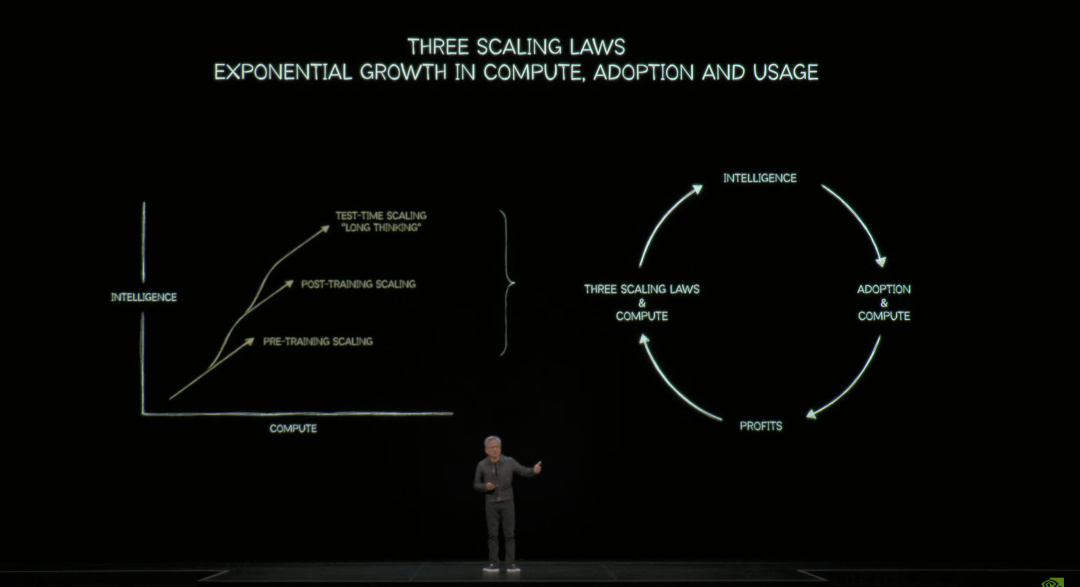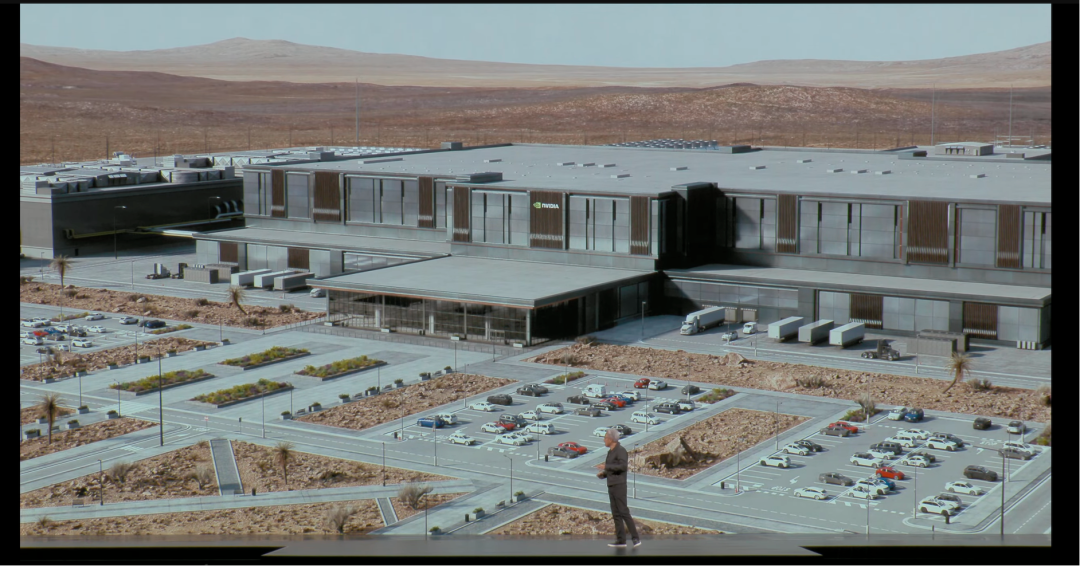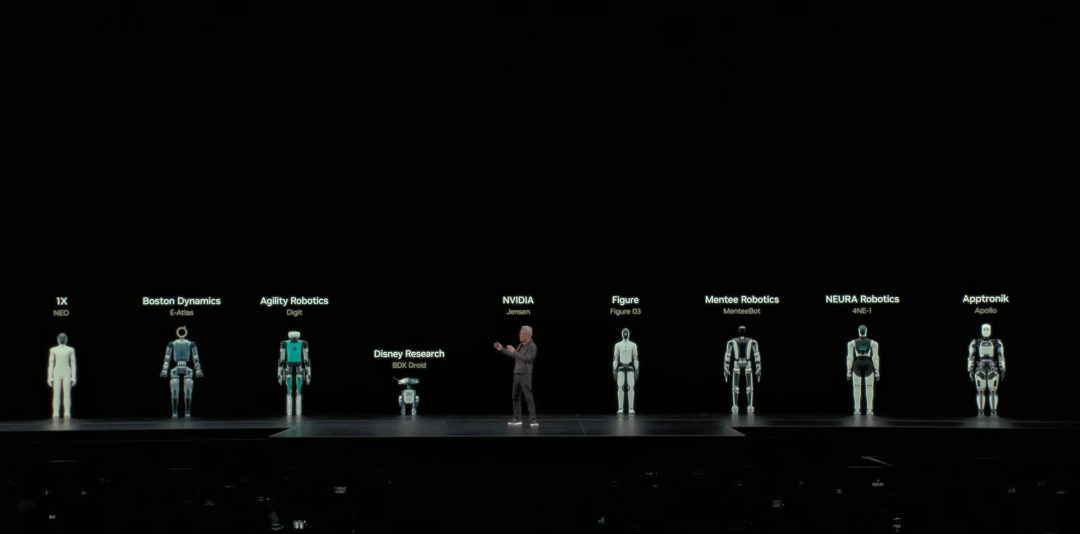Command Palette
Search for a command to run...
Jensen Huang's Latest Speech: $1 Billion Investment in Nokia, Rubin Mass Production Next Year, AI Factory implementation...

At 12:00 PM Eastern Time on October 28th, Nvidia CEO Jensen Huang delivered a keynote address at the GTC conference in Washington, D.C. This was the second regional GTC this year, following the main conference in San Jose, and the first time it was held in Washington, D.C., the political center of the United States.The conference comprised more than 70 sessions covering topics such as Agentic AI, robotics, quantum computing, and AI-native telecom networks, and was once seen by outsiders as a signal of Nvidia's shift from an "AI leader" to an "AI infrastructure participant."
At GTC in March, Jensen Huang jokingly referred to GTC as the "Super Bowl of the AI industry." Upon arriving in Washington, he humorously began by saying: "Since this is the Super Bowl, every Super Bowl should have a spectacular pre-game performance, and this year it's a gathering of all-star athletes and rosters."
Before the live stream officially started, the official teaser theme was "See what's next in AI".This presentation covered a wide range of industry sectors, including telecommunications, quantum computing, AI factories, enterprise computing, and robotics.During this speech, Huang Renxun repeatedly expressed his gratitude and expectations for his partners. For Nvidia, the future it envisions may be a new blueprint for leading the field of artificial intelligence infrastructure and innovation.

At the beginning of his speech, Lao Huang announced a major collaboration—Nvidia plans to invest $1 billion in Nokia at a subscription price of $6.01 per share.The two companies have entered into a strategic partnership to add commercial-grade AI-RAN products based on NVIDIA technology to Nokia’s industry-leading Radio Access Network (RAN) portfolio, enabling communications service providers to deploy AI-native 5G-Advanced and 6G networks on the NVIDIA platform.
Preview of the Rubin platform: Mass production next year, reshaping AI computing power
If March's GTC focused on "revealing" details, then October's GTC focused on "implementation and deployment." Jensen Huang announced the development progress of the next-generation platform, Rubin. In terms of performance, the Rubin platform achieves completely cable-free connectivity and employs a liquid-cooled design. Each compute tray integrates eight Connect X9 super network chips, eight CP axes, four Blue Field-4 data processors, two Vera CPUs, and four Rubin packages. The platform is expected to achieve mass production and delivery by this time next year, providing a solid hardware foundation for global artificial intelligence research and applications.

AI-powered factories enable infrastructure development and foster a virtuous cycle of enterprise collaboration.
Jensen Huang described pre-training as something taught in kindergarten; extensive training is equivalent to extensive learning and thinking, which can make the model smarter but also brings a greater computational burden. This creates a positive cycle: the smarter the AI model, the more people use it; the more it is used, the more computing power is needed; and more computing power makes the model even smarter.From the perspective of industry strategy, Jensen Huang proposed that the AI industry has entered a virtuous cycle (Virtual Cycle).

The concept of AI factories left a deep impression at the GTC conference in March, and this conference in Washington marks the beginning of the construction phase of this idea. "Artificial intelligence is not a tool, but a job," Huang said. "For the first time, technology is truly playing a role in helping us improve productivity." He pointed out that the AI factory is not only a data center, but also a platform built for the large-scale generation and service of tokens.
NVIDIA showcased rack-scale computing and launched the Spectrum-X AI and BlueField-4 DPU, providing high-speed connectivity and energy efficiency optimization for AI factories. It also released the Omniverse DSX digital twin platform for designing and operating 100-megawatt to gigawatt-scale AI factories, potentially generating billions of dollars in additional revenue annually. This platform has already been validated at the AI Factory Research Center in Manassas, Virginia, helping global partners build artificial intelligence infrastructure.

In terms of actual implementation,Pharmaceutical pioneer Lilly is deploying the world’s first AI factory independently built and operated by a pharmaceutical company—the world’s first NVIDIA DGX SuperPOD equipped with the NVIDIA DGX B300 system.
This AI factory, built with 1,016 NVIDIA Blackwell Ultra GPUs, will significantly shorten drug development cycles, enabling accelerated breakthroughs in genomics, personalized medicine, and molecular design, and propelling drug development into an era of industrial-grade AI. Simultaneously, through the NVIDIA BioNeMo platform, Eli Lilly can train AI models, combining experience from millions of experiments with publicly available research findings to generate and test antibodies, nanobodies, and novel molecules with unprecedented precision and speed.
The AI factory can also be used to discover novel biomarkers and design gene therapies for degenerative diseases. Furthermore, it can assist in building language models for clinical trials and accelerate internal processes such as medical writing.
Combined with the open-source MONAI framework, AI Factory can also accelerate Eli Lilly's deep learning research in imaging-driven precision medicine, thereby reducing image processing time from months to days and significantly speeding up personalized treatment.
The new era of robots has arrived
Jensen Huang mentioned at an event in March that "a new era of robotics has arrived." Today, Huang also announced several major updates related to robotics and physical AI.

Regarding models, he introduced updates to the Cosmos world base model and the Isaac GR00T robot base model:
* Cosmos Predict 2.5: Fusion of three models for fast world simulation, capable of generating 30-second videos from a single frame.
* Cosmos Transfer 2.5: Compared to Cosmos Transfer 1, it is one-third smaller and can generate higher-quality, more realistic data from 3D scenes.
* Cosmos Reason: A vision-language model with reasoning capabilities, now available as an NVIDIA NIM microservice for advanced multimodal understanding.
* Cosmos Dataset Search: Supports instant retrieval of training scenarios, shortening the post-training iteration cycle from months to days.
* Isaac GR00T N1.6: Improves the humanoid robot's reasoning ability, generalization ability, and full-body control capabilities.
In addition, NVIDIA released the world's largest open-source Physical AI dataset, containing 1,700 hours of multimodal driving sensor data from the US and Europe, as well as GR00T training data.The latter has become one of the top ten datasets in terms of historical downloads on the Hugging Face platform.
Conclusion
In summary, in this keynote speech, which was packed with information and technological updates, Jensen Huang shared NVIDIA's capabilities and value in building AI infrastructure from multiple perspectives, ranging from large-scale GPU deployment and quantum breakthroughs to AI factories and robotics.